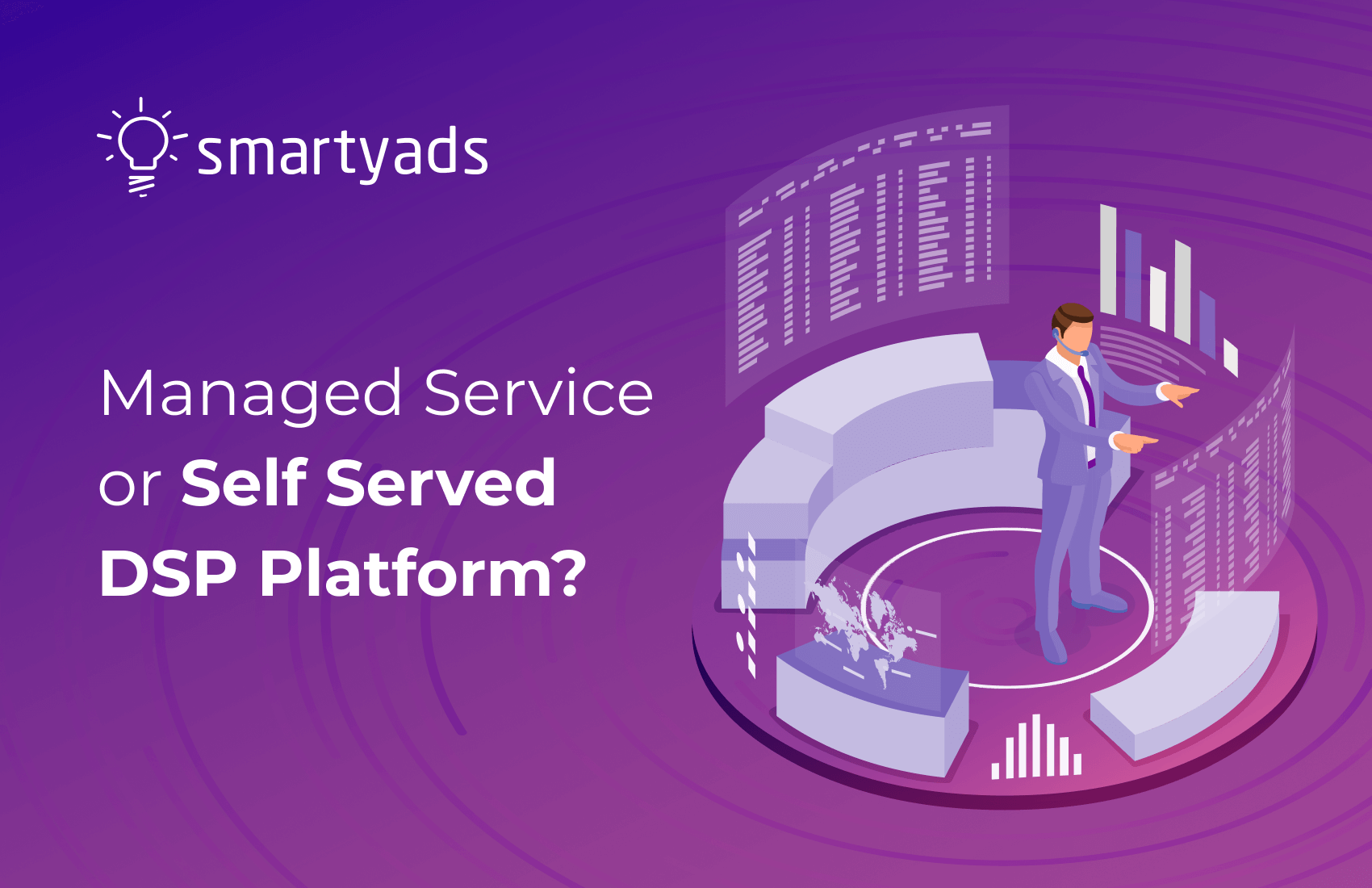
In the previous article (
How to use DSP to solve the problems faced by marketers
), we first explained about the ad distribution method called DSP (Demand-side Platform/Advertiser Platform).
It also explains what solutions exist to the challenges marketers face.
This time, we will explain the types and selection methods of which DSP should be selected once the issues and tasks that need to be done are clear to some extent.
famous dsp player
As more and more players enter the DSP field year after year, it is difficult to provide a comprehensive overview of the field, so we will introduce some famous DSPs, including the major players, as follows. (Of course there are many more)
- MicroAd BLADE
-
DoubleClick Bid Manager
- FreakOut
- Scale Out
-
Logicad
- AdMatrixDSP
-
MarketOne
- Cross-listing DSP
- XrostDSP
- Rakuten DSP
- KANADEDSP
- GMODSP
The above is a list of the major DSP companies in Japan.
It is true that major DSPs are undoubtedly responsible for distributing advertisements for BtoC products in many cases.
However, I get the impression that the number of BtoB distribution cases is increasing.

How do you choose a DSP that suits your company?
Your options will vary depending on the billing system, the segments that can be distributed, and the characteristics of each DSP.

*In this part, we will not explain retargeting, which is considered to be effective. (Regating has a simple logic and we believe there is no need to explain it here.)

Classification of DSP by billing system
CPM billing is a common method for many DSPs. However, as I mentioned last time, while CPC and CPA are often requested, there are few cases or DSPs that set their billing system here.
This is a bit of a terminology explanation, but CPM is a billing method for each impression, and is often used as a unit of billing method for each 1,000 impressions.
CPC
is a pay-per-click method and is a method of charging each time a link specified by an advertiser is clicked.
CPA
is a billing method that occurs when some action occurs at the result point desired by the advertiser. In this case, conversion (acquisition) is usually the point of success.

Classification of DSPs by segments they can deliver
When categorized by device, there are DSPs that are strong on PCs and DSPs that are strong on smartphones, and the characteristics that each DSP can deliver differ depending on the data it holds.
The classification based on data is easy to understand, so I would say that there are DSPs that can deliver content linked to a company’s global IP, and those that can segment content based on past purchase history for major point members. there is.

In addition, there are many cases in which data held by media with special segments (human resources, managers, women, fishing enthusiasts, car enthusiasts, etc.) is utilized.

DSP classification by distribution destination
In this regard, in many cases, the destinations that all companies can deliver to are similar, except in cases where they specialize in some specialized fields. (Conversely, if you specialize in a certain specialized field, the added value will be high.)
Therefore, what advertisers consider important when choosing is the billing system, distribution, hit data, and segments.

DSP that can be distributed to human resources and managers
Lastly, I will write about DSP that can be distributed to human resources and management in a targeted manner.
In the first place, the data regarding this segment is very difficult for DSP companies to possess (or more accurately, acquire), and the reality is that they can only acquire it through external media or third party data.
The “HRDSP” for human resources and “Executive DSP” for managers that we handle are very easy to understand examples.
Other than that, we often hear about DSP using data from major newspaper companies or job type data from job seeker sites.

However, when considering what ultimately becomes the selection criteria from an advertiser’s point of view, it is decided that data that is simple and easy to understand is better than data that is not well understood, so in the case of our DSP, we use simple and clear data. Because it is easy to understand, many advertisers use it with confidence.
Some companies with a lot of knowledge and track record regarding DSP are able to meet key performance evaluation indicators by specifying a certain segment based on past distribution data, even if they do not have data on personnel or management, so overall there are I hope that my knowledge and experience will continue to grow.

summary
◆The number of DSP companies is increasing year by year.

◆Depending on the DSP provider, there are billing systems, distribution layers (segments), and areas of expertise.
◆There are not many DSPs that distribute data to human resources and managers, and there are cases where they use external media and external distribution as data.

